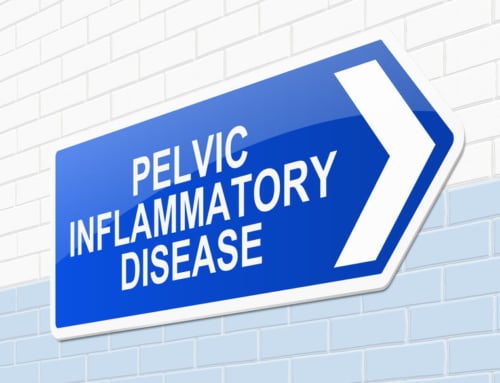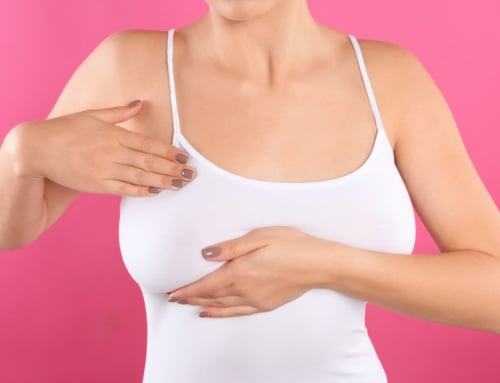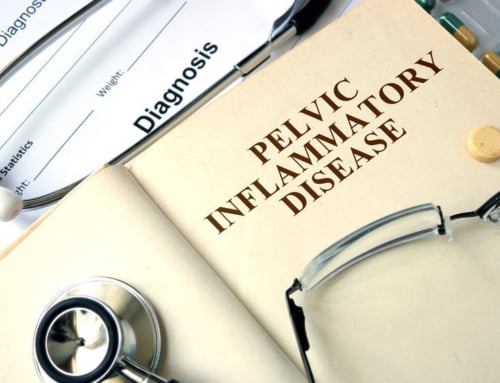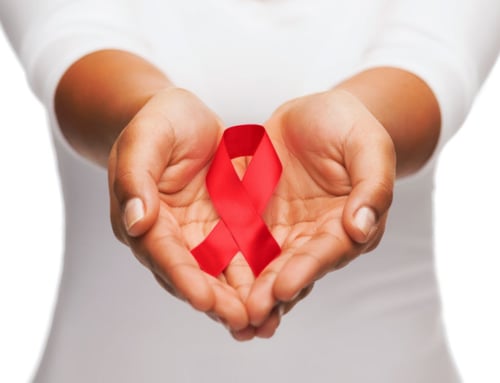How To Deal With An Overactive Bladder
Overactive bladders are common among menopausal women. Loss of estrogen can lead to decreased muscle strength, especially in the pelvic area. Treatment includes lifestyle changes and medication.
What is OAB?
Overactive bladder (OAB) is the constant and often sudden need to urinate. Incontinence frequently accompanies overactive bladders. Many individuals with OAB will wake up 2+ times a night to go to the bathroom. OAB often leaves people feeling embarrassed and isolated. Management includes fluid schedules and pelvic floor exercises. If behavioral strategies don’t work, medication is available.
What are the causes of OAB?
Overactive bladders can be caused by diabetes, neurological problems, urinary tract infections, bladder stones, and enlarged prostates. Difficulty walking or insufficient bladder emptying can increase the sense of urgency when needing to go to the bathroom. Dietary choices such as drinking copious amounts of coffee and alcohol can contribute to overactive bladders. The older an individual is, the higher the chances of developing an overactive bladder.
How does this apply to menopause?
Menopause usually occurs in women over the age of 40. Occasionally women under the age of 40 will go into early menopause or experience what is known as pre-menopause. During menopause, the menstrual cycle stops, signaling the end of the childbearing years. Menopause is a gradual process that is diagnosed when a woman has not had a period for one year. Additional symptoms include hot flashes, mood swings, vaginal dryness, difficulty concentrating, hair loss, and trouble sleeping.
During menopause, estrogen levels drop. Estrogen controls the female reproductive process and affects tissue and organ health. When estrogen levels drop, muscles weaken and can lead to decreased strength in the pelvic area. Overactive bladders are standard during pre-menopause and menopause.
What can be done?
Management of OAB can be additionally hard due to women’s hesitancy to ask for help. Many individuals with OAB feel embarrassed at the condition. However, OAB is common and nothing to be ashamed of. Getting treatment will help to improve the quality of life and comfort. Select clothing and undergarments have been designed to alleviate some of the stigmas and make living with OAB easier. On top of medication, lifestyle choices can reduce the chances of developing OAB in the first place. Maintaining a healthy weight will reduce pressure on the bladder. Daily exercise can help with weight management. Stopping smoking can help reduce bladder leakage due to coughing spasms. Limiting caffeine and alcohol intake and staying away from diuretics will decrease the need pee. Bladder conditioning, such as pelvic floor exercises, can help retrain bladder muscles.
Moving forward
Common in women over the age of 40, overactive bladders can completely disrupt daily life. Medication and lifestyle changes can help prevent and reduce the symptoms of overactive bladders. OAB is entirely manageable. Talk with a healthcare provider to find out more about management and treatment options.







